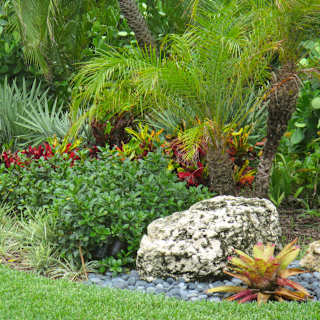

Summer Lawn Care Tips
Maintaining a vibrant lawn during summer’s heat requires specific care strategies. Mow your grass at a height of about three inches throughout the growing season, preferably in mid-morning or early evening to avoid heat stress. This higher cutting height encourages deep root development, which helps lawns better withstand summer’s challenges.
Water deeply and infrequently rather than giving frequent shallow waterings, and do so in early morning to reduce evaporation. For warm-season grasses, summer is the ideal time for fertilization to promote dense, healthy growth. Regular monitoring for pests and diseases becomes especially important during these warmer months, as does deadheading flowering plants to encourage continued blooming. Proper summer maintenance not only creates a lush lawn but also establishes stronger root systems that can better withstand potential hurricane conditions.
Adjust your mowing height according to your grass type. For cool-season grasses, maintain a height of 3-3.5 inches during summer, or up to 4 inches for tall fescue and perennial ryegrass. This taller grass provides crucial shade to the soil, preventing weed growth and protecting roots from intense heat. Warm-season varieties should be kept at approximately 2-2.5 inches.
Mow during cooler parts of the day-early morning is ideal-to reduce stress on both your lawn and yourself. Remember the one-third rule: never remove more than one-third of the grass blade in a single mowing session, even if you’ve fallen behind on your schedule.
Strategic Watering
Summer watering isn’t about frequency but depth. Water deeply and less often to encourage roots to grow downward, creating drought resistance and hurricane resilience. Early morning watering (between 4-10 AM) minimizes evaporation and allows grass to dry before evening, reducing disease risk
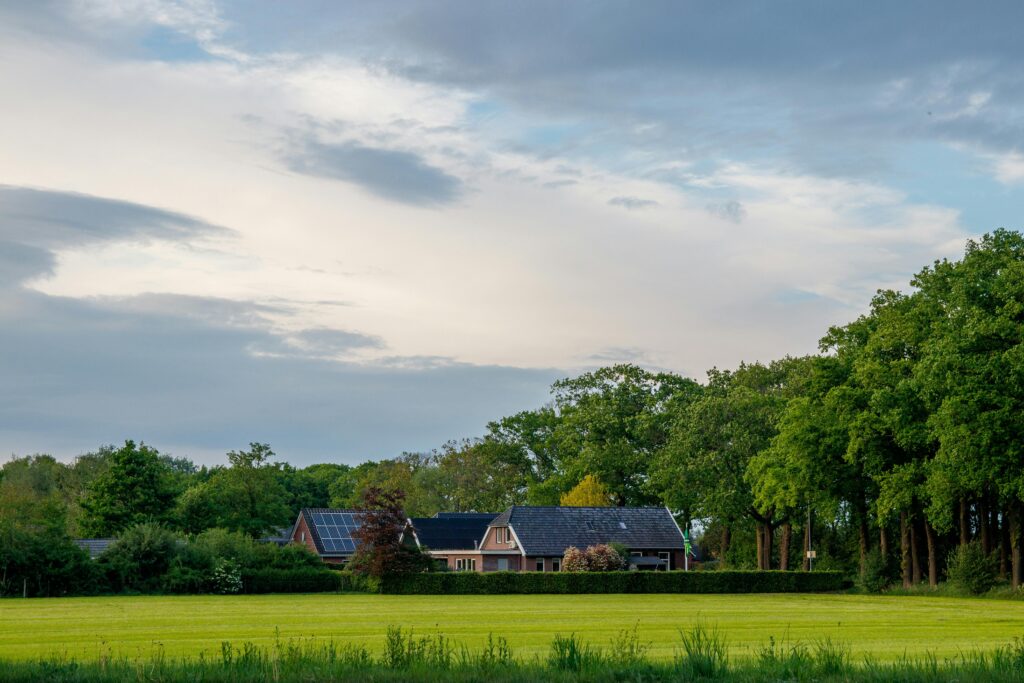
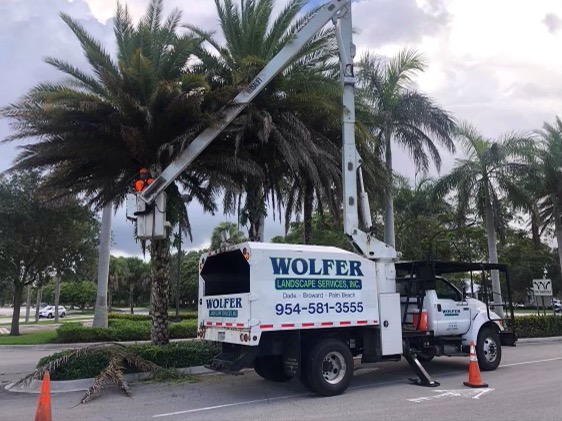
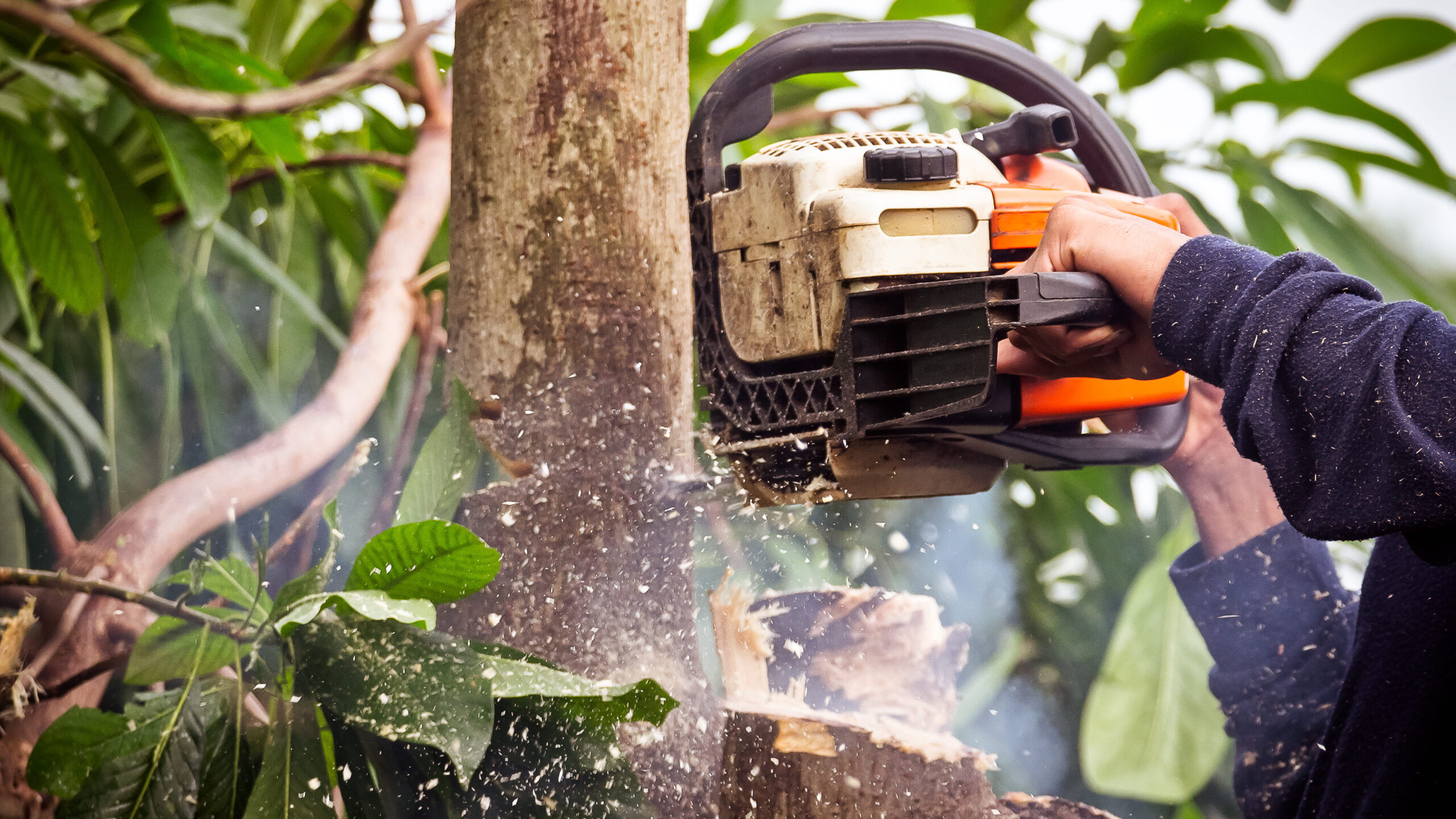
Pre-Hurricane Preparations
Summer brings both vibrant growth and potential storm challenges to your landscape.
As storm season approaches, consider applying plant growth regulators (PGRs) to slow grass growth before a hurricane hits. This makes post-storm recovery more manageable when you may not be able to mow for extended periods. If PGRs aren’t an option, mow your lawn shortly before the storm if time permits.
Core aeration before hurricane season can improve soil drainage, helping your lawn better absorb heavy rainfall. Remove potential projectiles from your yard-lawn equipment, garden decorations, and loose branches should be secured or stored away well before a storm approaches.
Hurricane-Resistant Trees
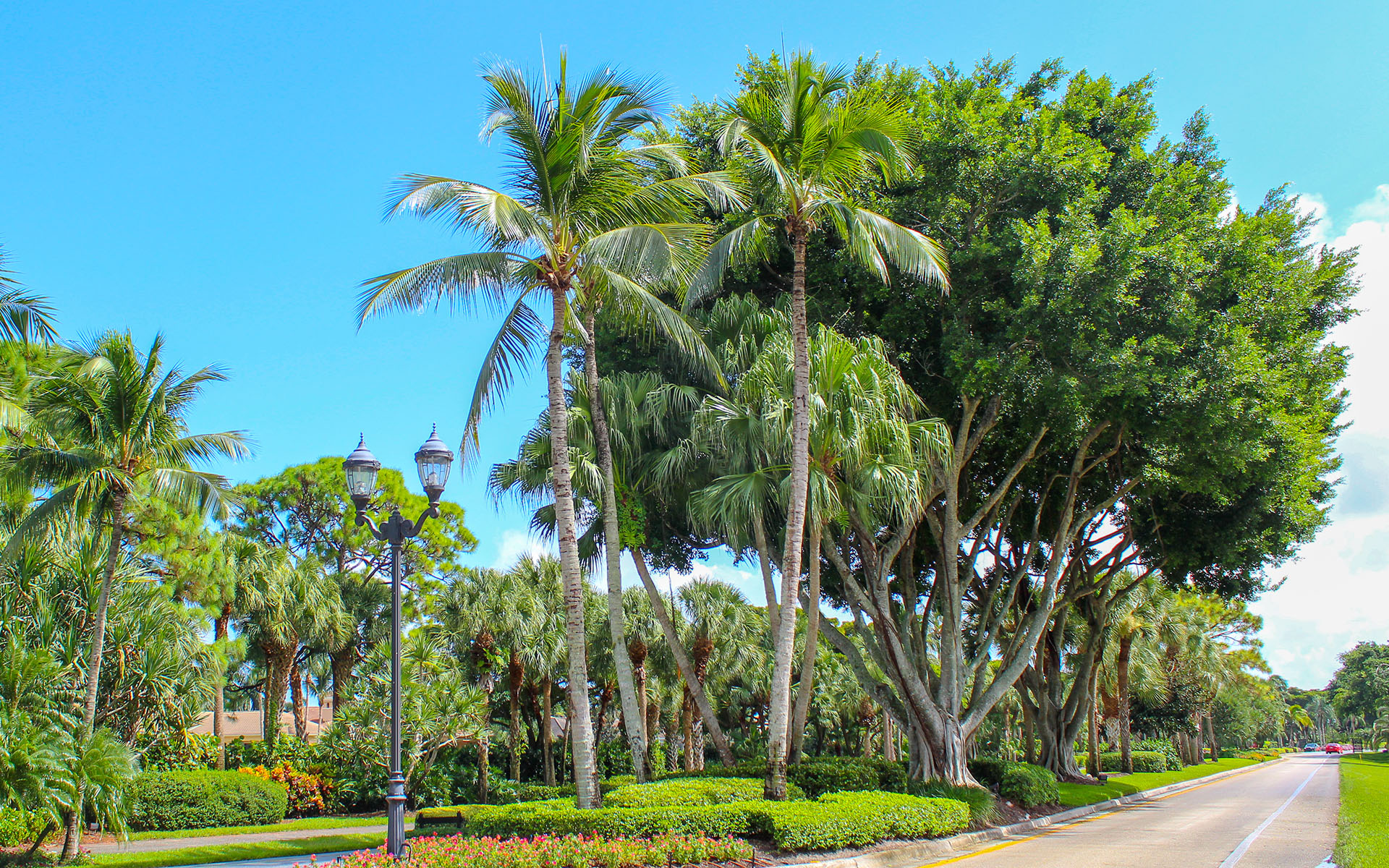
Live Oak (Quercus virginiana & Quercus geminata) stands as one of the most hurricane-resistant trees, featuring strong wood, deep roots, and a broad, low canopy that effectively withstands powerful winds. Other excellent choices include Southern Magnolia (Magnolia grandiflora), known for its beauty and resilience, Sabal Palm (Sabal palmetto), which often survives hurricanes with minimal damage, and Crape Myrtle (Lagerstroemia indica), a smaller ornamental option with impressive wind resistance.
Bald Cypress (Taxodium distichum) thrives in wet conditions while maintaining excellent storm resilience, making it ideal for hurricane-prone areas. For maximum protection, experts recommend planting trees in groups rather than as single specimens-clusters of five or more trees spaced within ten feet of each other (but not in a straight line) offer mutual protection against hurricane-force winds. Always position larger trees away from homes, power lines, and other structures to minimize potential damage during storms.
Group Planting for Wind Resistance
When adding new trees to your landscape, plant them in protective groups rather than as standalone specimens. Groups of five or more trees, each planted within ten feet of another but not in a straight line, create mutual wind protection. This natural windbreak system significantly improves survival rates during hurricanes while creating a more natural, grove-like aesthetic.
Palm Trees
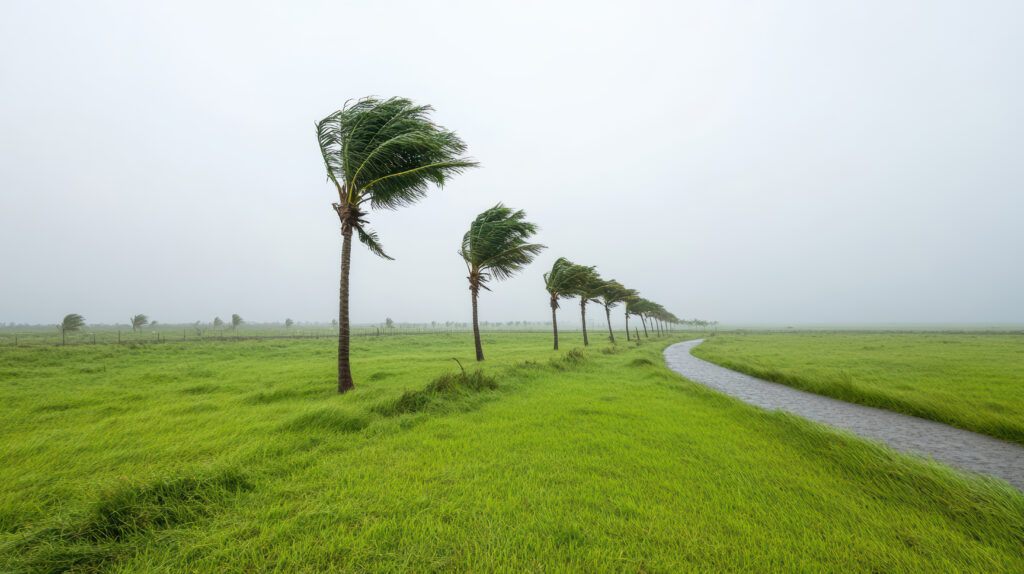
Landscape Protection Strategies
Wolfer can prepare your landscape for hurricane season involves several critical protective measures. Start by inspecting and pruning trees to remove dead or weak branches that could become projectiles during storms. Secure outdoor furniture and decorations well before a hurricane approaches, and ensure gutters and drainage areas are clear to prevent flooding.
For mulching, opt for soft materials like pine straw or wood chips rather than gravel or volcanic rock, which can become dangerous projectiles in high winds. Consider installing proper drainage systems, turning off irrigation before storms, and staking young trees to provide additional stability. Regular maintenance throughout hurricane season is essential-a well-maintained landscape is inherently more resilient when severe weather strikes.

